French furniture designer, sculptor and architect, André Leon Arbus was one of the most versatile designers of his time, up to having one of his buildings listed as an Official Historical Monument.

Image source: https://www.archiproducts.com/en/designers/andre-arbus
Who was André Leon Arbus?
Born in 1903 in Toulouse, France, his family had already been furniture designers for generations. He went on to work in his father’s cabinet-making firm, after attending and graduating from the prestigious Ecole des Beaux Arts. He collaborated with many of the great creative forces of his time such as Gilbert Poillerat, Jaques Adnet, Raymond Subes and Vadim Androusov; among these were the finest craftsmen and manufacturers as well, including Aubusson and Veronese.
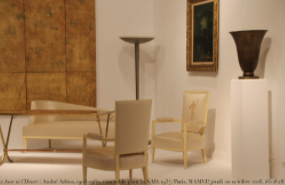
Image source:https://search.creativecommons.org/photos/1dc041c0-519e-47a7-b243-4d1b0fa8862f by Renaud Camus
Arbus exhibited his work at the 1925 International Exhibition of Modern Decorative and Industrial Arts, where he won the silver medal for a lowboy he designed with Marc Saint-Saëns. In 1934, he won the Prix Blumenthal, thanks to having been in charge of numerous significant commissions, culminating with, in 1936, the design for an interior for the French Ministry of Agriculture. This relationship with the French government would last throughout his career, as they bought many pieces from him and commissioned several interiors. Some of his works were even endowed to the heads of foreign states by General De Gaulle. In 1955, he decorated the rooms of the French Embassy in Washington.
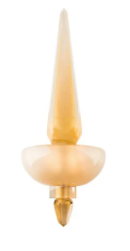
Image source: https://www.archiproducts.com/en/products/veronese/murano-glass-wall-lamp-concorde_85564
What Made Him Famous?
He was commissioned by Le Mobilier National to design a desk for the U.S. Ambassador, W.H. Harriman, and to later decorate the post World War II Medici Room of the Chateau de Rambouillet.

Image source: https://billbarr.wordpress.com/2010/08/07/andre-arbus-borrowed-blog/
Arbus later focused his attention on architecture, moving his focus on the countryside and building several farmhouses throughout France. Between 1947 and 1951, he renovated a lighthouse (originally constructed in the late 1700’s) on the Ilot du Planier, near Marseille: standing at a height of 66 m, it is the twelfth-tallest “traditional lighthouse” in the world.
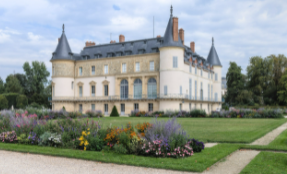
Image source: https://en.wikipedia.org/wiki/Ch%C3%A2teau_de_Rambouillet#/media/File:Ch%C3%A2teau_de_Rambouillet_(DSC_7006).jpg
By 1947, Arbus designed the new Planier Light in Marseille with André Crillon. He contributed to the interiors of the S.S. Normandie, the largest, fastest and most luxurious ocean liner of the time.
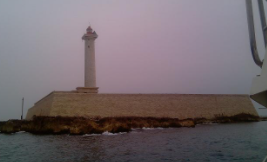
Info source: https://en.wikipedia.org/wiki/Planier_Light
What Characterizes Arbus’ Style?
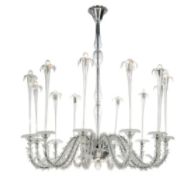
Image source: https://www.archiproducts.com/en/products/veronese/murano-glass-chandelier-jets-d-eau-12_85586
André Leon Arbus believed in designing comfortable furniture that was a perfect fit for the human form. His work was in opposition to the firm’s preferred style, a very traditional and derivative echop of 18th century France. Although André’s furniture was inspired by the Classicism of the French Empire, his pieces are of much stronger and more dramatic proportions. Beyond the exquisite neoclassical furniture for which he is most famous, he extended his reach to a variety of creative applications, including rugs, lighting and sculpture. He also favored luxurious materials, such as fine and rare wood veneers, lacquer, parchment, and vellum like many of his colleagues.

Image source:https://www.invaluable.com/auction-lot/-21F447286C

Image source:https://www.invaluable.com/auction-lot/andre-arbus-french-1903-1969-writing-desk-215-c-c53439e92b
Info sources:
